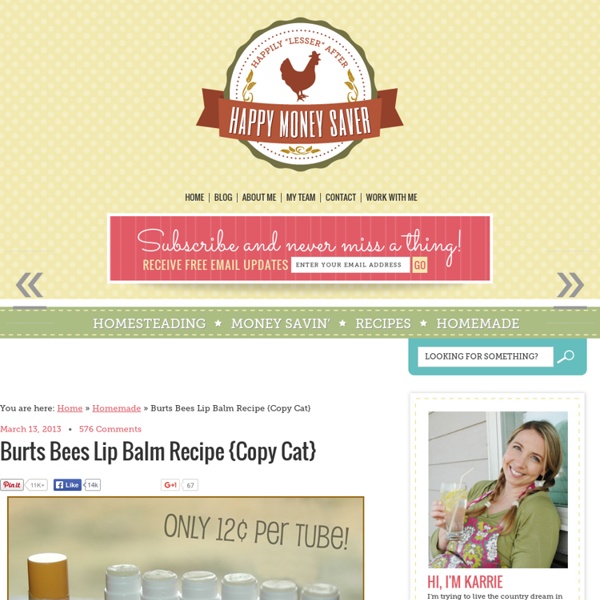Point of Interest!
Make a toner!
Lavender & Chamomile Toner30% witch hazel hydrosol25% lavender hydrosol (or another hydrosol of your choice)25% water10% aloe vera liquid2% sodium lactate (supposed to be good for acne prone skin and a humectant)3% honeyquat2% panthenol2% cromoist (or another hydrolyzed protein like soy or wheat...I just like oat protein!)0.5% extract (I use chamomile)0.5% preservative (I use Germall Plus) Heat and hold the witch hazel, hydrosol, water, and aloe vera in a heat proof container in a double boiler for about 20 minutes. Remove from the heat. Mix the powdered extract with some of the warm water before adding to the mixture. When it cools down below 45C, I add the sodium lactate, panthenol, cromoist, and preservative. When it has cooled, pour into a bottle, then use as you would with any toner. What are all these ingredients, why are you using them, and what can you modify for your skin type? Witch hazel hydrosol - This is witch hazel, a great astringent. Aloe vera liquid - I love aloe vera.
Making a toner for your skin type - the basic recipe
One of the first recipes I posted when I started this blog was a detailed post about toners. I've learned a lot since then, so let's update that recipe with all the stuff we've learned about hydrosols, extracts, water soluble oils, and so on! For a toner, you will want to stick to all water soluble ingredients because we don't want to add an emulsifier. Why? FOR ALL SKIN TYPES: Is toner suitable for all skin types? For oily skin, the answer is quite clearly yes! If you have acne prone skin, you can add some salicylic acid and anti-bacterial ingredients, and get moisturizing without oils. For rosacea prone skin, it's a fantastic way to add anti-inflammatories and anti-oxidants, as well as a little allantoin to act as a barrier ingredient. For pigmented skin, you could add some liquorice extract or Vitamin C to help with tyrosine inhibition, and get some exfoliation from AHA or salicylic acid. The one skin type for whom a toner might not work well would be the dry skin type. 2% panthenol
Formulating for dry skin: Toners continued...
As we saw in this post and this post, the pH of our skin care products is absolutely vital, and more so for facial products. When we're creating a cleanser, toner, or any other non-lotiony product, we have to make sure we are testing our pH and ensuring that it will be in the right range for our skin - about 6 and below, although the addition of things like AHAs, lactic acid, Multifruit BSC, and other acids will bring our pH lower, which we've learned is a good thing. Click here for part one of the toners post...or for more information on why I'm choosing each ingredient. And click here for more information on how to change the pH of your products. I will go into more detail below, but it seems like people want direct links with direct information in asides rather than being incorporated into a paragraph. Toners don't have to be astringent - they can be, but it's not essential. COOL DOWN PHASE 0.5% to 1% preservative 0.5% extract of some kind
FSS Moisture Plex Advanced PF
FSS Moisture Plex Advanced Preserved with Leucidal Liquid If we were asked to describe our skin, we would probably make a description based on its physical characteristics and not its function. True, we like our skin to feel soft and smooth; but more importantly we need our skin to protect us from UV damage, free radicals and hazardous microorganisms while providing barrier protection from various chemicals and liquids. The epidermis consists of several layers with the outermost layers being keratinized cells held together by epidermal lipids. FSS Moisture-Plex Advanced PF contains a complex of glycerin, sodium PCA, urea, polyquaternium-51 and sodium hyaluronate. Urea is capable of binding water in the stratum corneum to prevent water loss while effectively moisturizing the skin. Trehalose is a glucose disaccharide that facilitates osmo-regulation, and it can be found in fungi, bacteria, some amphibians and many invertebrates that are forced to survive in desiccating environments.



